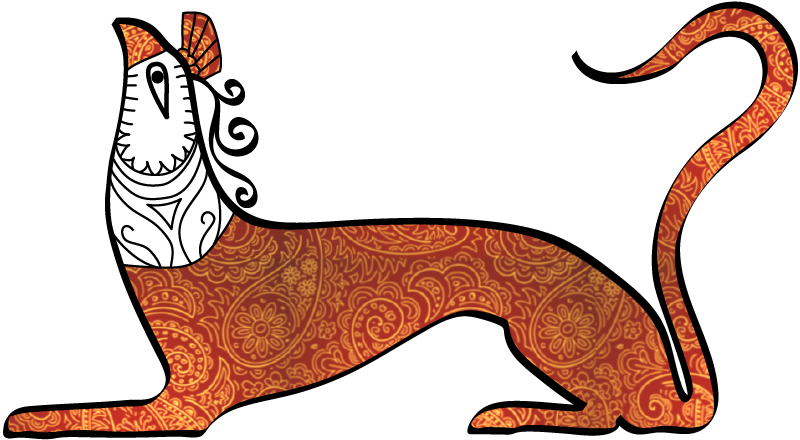On 8-9 March 2018 an international workshop organized by AEGIS (UCLouvain‐INCAL‐CEMA) and the ARC ‘A World in Crisis’ entitled Ashlar. Exploring the Materiality of Cut Stone Masonry in the Eastern Mediterranean Bronze Age will be held in Louvain‐la‐Neuve, Belgium. Papers and posters of interest to Nestor readers will include:
M. Devolder, I. Kreimerman, and J. Driessen, “Cut Stone Masonry in the Eastern Mediterranean Bronze Age. Exploring Forms, Techniques and Building Processes”
J. C. Wright, “Ashlar Masonry in Mycenaean Greece: An Overview”
E. Hayter, “A Game of Stones: An Inventory and Distributional Analysis of the Consumption of Worked Stone within Neopalatial North Central Crete”
V. Matoïan and J.-C. Bessac, “Ashlar in Ras Shamra-Ugarit. Uses, Functions, and Techniques”
K. A. Jazwa, “Accommodations to Building Design and Labor Organization for Cut Stone Masonry in Mycenaean Greece”
K. Fisher, “The Materiality of Ashlar Masonry on Late Bronze Age Cyprus”
N. Goshen, “The Ruling Stones? Early Appearance of Ashlar Masonry in the Southern Levant”
F. Pinnock, “Building in Stone and Mudbrick: The Monumental Architecture of Ebla in Middle Bronze I-II”
D. M. Buell and J. C. McEnroe, “Ashlar as a Marker of Disruption: A Case Study at Gournia (Crete)”
J. Shaw, “‘Mycenaean’ Façade Construction in the Western Mesara (Crete)”
E. Notti, “On the Walls of Akrotiri in the Late Bronze Age”
R. D. Fitzsimons, “Cutting a New Cultural Mosaic? Reassessing the Adoption and Adaptation of Ashlar Masonry in the Southern and Eastern Aegean”
N. Blackwell, “Tool Traditions and Ashlar Masonry in Late Bronze Age Cyprus and Mycenaean Greece”
A. Boleti, “Stone Tools and Cut Stone Masonry Techniques in the Aegean and Eastern Mediterranean Bronze Age. Materials, Technology and Transfers”
Ö. Harmanşah, “Poetics of Architectonics, Politics of Stone: Ashlar Masonry in the Borderlands of the Hittite Empire”
D. J. Pullen and P. Sapirstein, “Materiality of Power through Orthostates at Mycenaean Kalamianos”
F. Blakolmer, “Approaching Ashlar Masonry through Minoan and Mycenaean Iconography: Architectural Functions, Urban Contexts and the Problem of Color and Material”

